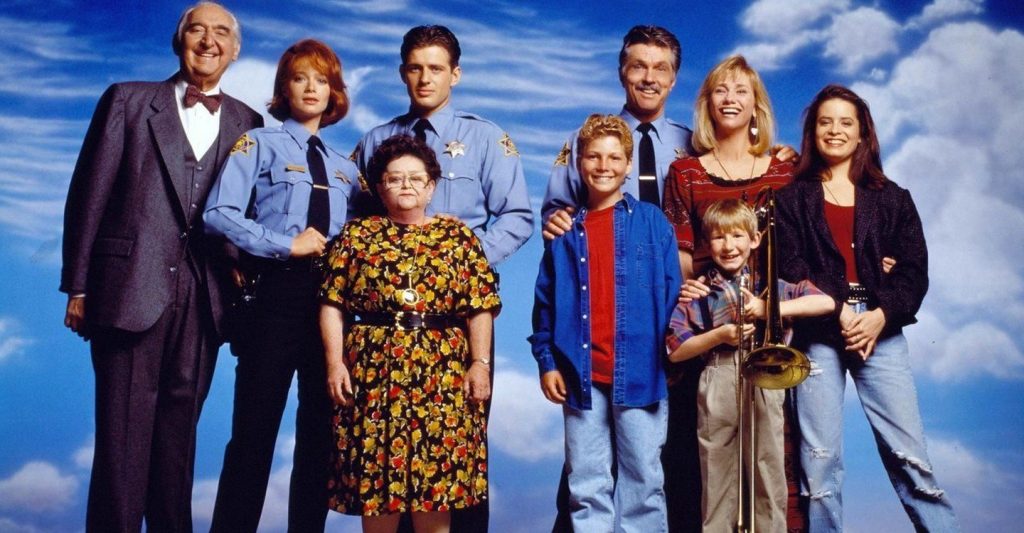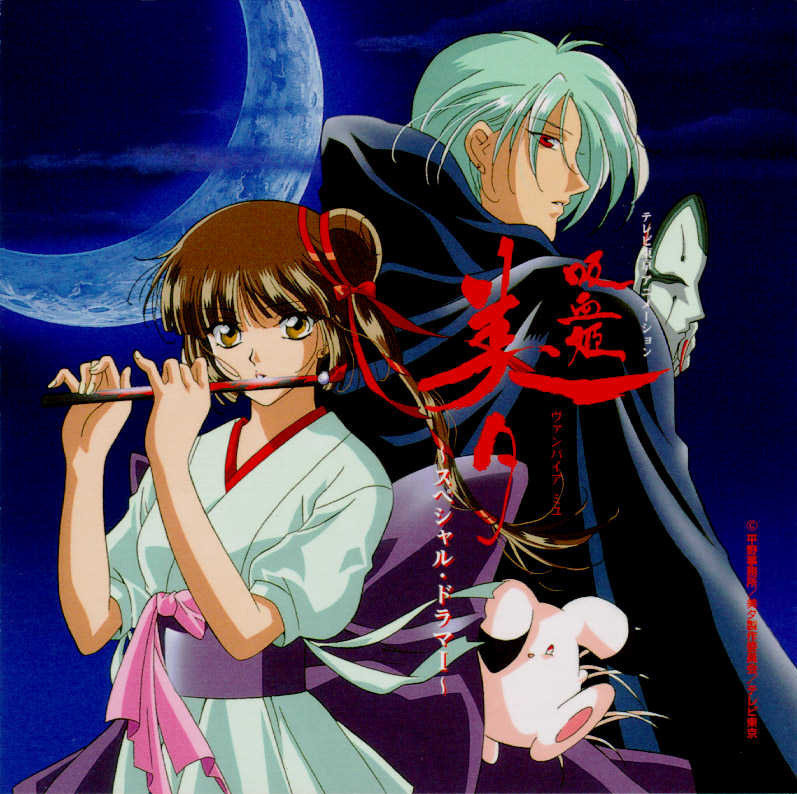-
Looking Back At Picket Fences
A Critical Analysis of Picket Fences:
Season 1, Episode 18
“The Body Politic”

INTRODUCTION
After working on L.A. Law as a writer and story editor for five seasons, lawyer-turned-writer Dave E. Kelley wanted to focus on a show of his own. The show was an hour-long dramedy based around the family of the sheriff of the fictitious town of Rome, Wisconsin. CBS worked a deal out with Kelley and the first episode of Picket Fences aired on September 18, 1992. Combining high drama, low humor, controversial issues, and some of the most memorable plotlines and characters television has ever seen, Picket Fences ran for four seasons, winning fourteen Emmy awards and two Golden Globes. This paper serves as a critical analysis, defining and exploring how different aspects of Picket Fences worked together to create one of the best television shows of the last few decades.
THESIS AND LOGLINE
The thesis of the show can be found within the title. The white picket fence is a symbol associated with happy suburban living. It symbolizes the American Dream: a fulfilling job, a sizable stable income, and a nice house filled with a happy family. The basic theme of Picket Fences is that underneath all the guise of prosperity and happiness, life is weirder and a lot more complicated than people let on. It looks at where one person’s rights begin and another’s end, which is appropriate as fences are often used to mark boundaries. Ordinary people struggle with complicated ethical and moral issues every day and the answers are not always easy. David Lynch used the symbol of a picket fence ironically in his 1986 film Blue Velvet, which explored the dark underbelly of a suburban neighborhood. While the title of the show may be viewed as ironic, the show does not treat its content ironically. It creates real characters that are usually trying to do the right thing or to understand their own prejudices against others. The problem is that the “right thing” is not always clear.
The logline for the show is: an aging sheriff tries to keep the peace in a small town plagued by bizarre and violent crimes. As the sheriff, it is Jimmy’s job to keep the town under control and the focus of the show usually revolves around him and his family. While perhaps simplified, the logline does an adequate job of describing the basic premise of Picket Fences. The use of the word “bizarre” also prepares the audience for the use of unconventional plotlines.
-
The Catharsis of the Void in Anime Horror: Vampire Princess Miyu

The anime horror television series, Vampire Princess Miyu, turns 22 this year. It’s a weird anniversary to note, but appropriate for a series that didn’t get a 10th or 20th-year celebration. Despite being one of the better series to come out of Studio AIC in the ’90s, over two decades later, it seems to be largely forgotten in the US. What was Vampire Princess Miyu? Why did it disappear? Is it worth remembering?
Welcome to Miyu’s Dark Realm
Vampire Princess Miyu is a 26-episode television series that aired on TV Tokyo from 7 October 1997 to 31 March 1998. It was originally a manga series created by manga artist and director Narumi Kakinouchi and her husband, Toshiki Hirano. It ran for ten volumes between 1988 and 2002. Aside from the television series, it produced several spin-off series, as well as a four-episode Original Video Animation (OVA), in 1988.
Kakinouchi and Hirano have both worked in the anime and manga industry for decades in various positions. Kakinouchi is mainly known as a manga artist, with her most popular work being Vampire Princess Miyu. Hirano directed the Miyu OVA and TV series; he’s probably known best for directing Magic Knight Rayearth.
This article was written for PopMatters. Please read the full article here.